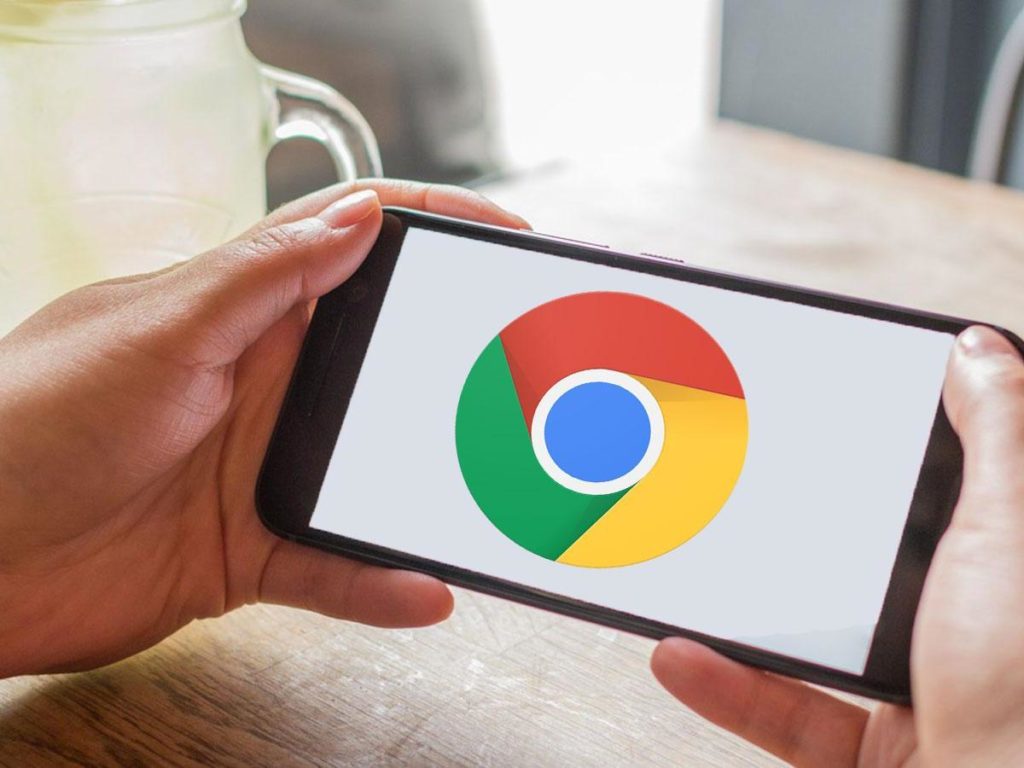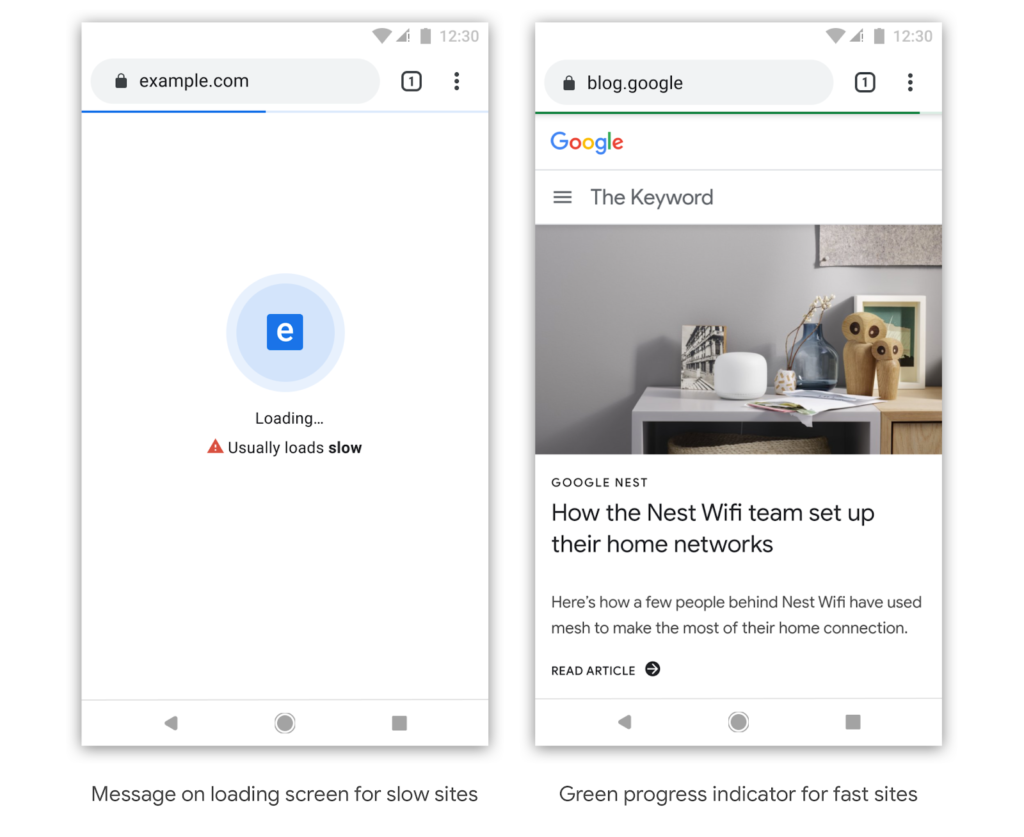The upgrade in network connectivity and the continued advancement in internet technologies have changed the face of surfing. Demands are now over the bar and a slow site connection is a no-go zone! Google is crafting a remedy of ‘naming and shaming’ websites that take long to display contents in its Chrome browser; as part of this year’s Chrome Developer Summit resolutions.
Part of the remedy is to speed up the web by offering developers tools to help their sites and web apps load quicker. Eventually, the browser shall label slow sites to prompt developers to take advantage of these tools.
Basically Chrome plans to flag sites that are slow based on historical loading times. Also, the browser might let you know if a page might take a while to display properly because of your device or connection, too. On the other hand, fast-loading sites will be rewarded.
“Our plan to identify sites that are fast or slow will take place in gradual steps, based on increasingly stringent criteria. Our long-term goal is to define badging for high-quality experiences, which may include signals beyond just speed.”
How speed badging works
Chrome uses historical load latencies of websites to determine it is the back end that makes them load slow. This will as well include the ability to identify when a page is to load slowly because of your internet connection or device.
So, when you click on a website that Chrome has identified as slow, you will be shown a message saying “Usually loads slow” on the loading screen. The site will also have a blue progress indicator. When you visit an optimized site that loads faster, you will see a green progress indicator.
It is not yet clear when exactly Google will roll out speed badging but it is a really interesting idea.


